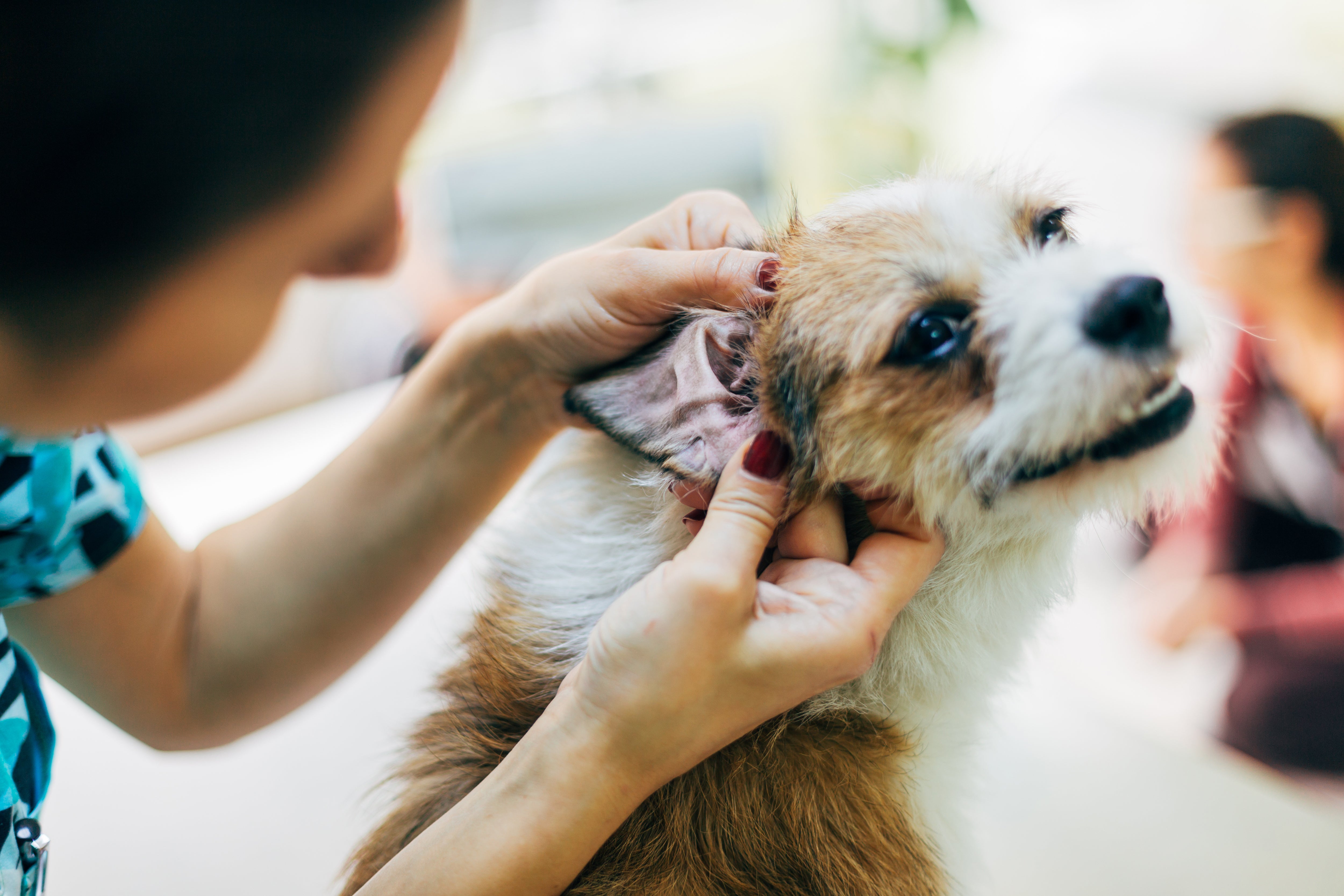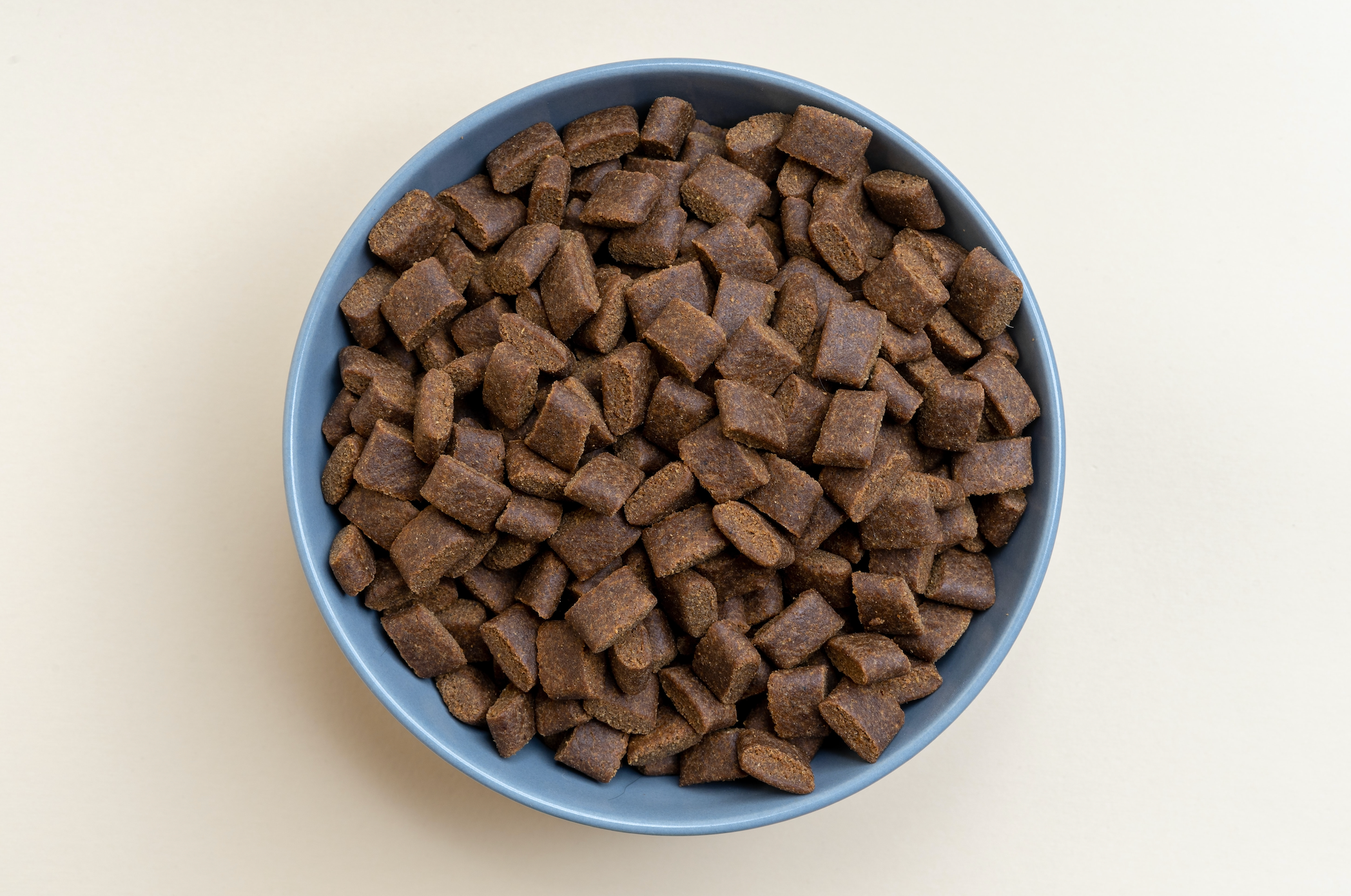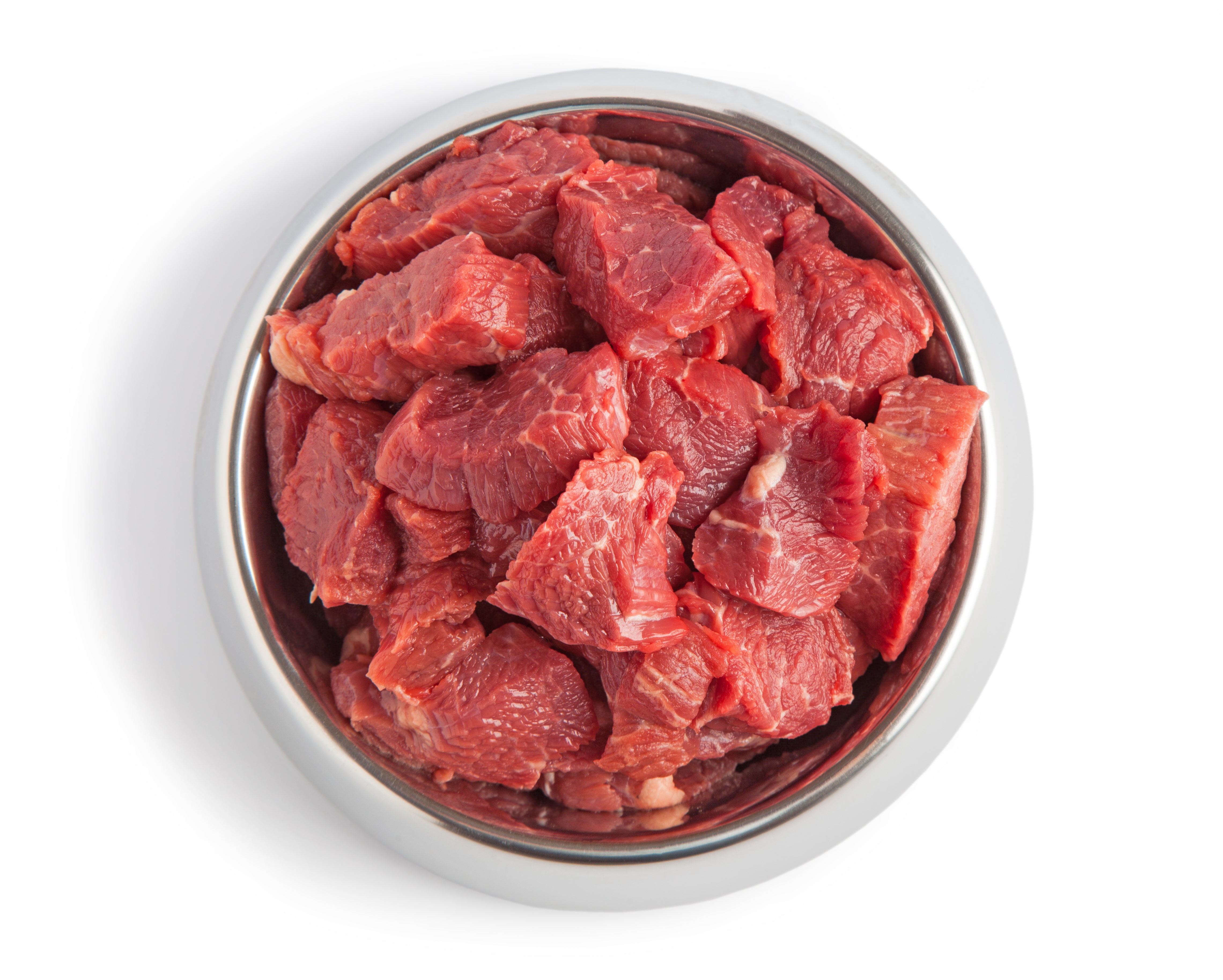Itch, Scratch, Shed: What’s Happening to our Frenchies?

I left the ER at 4:00 AM. Another long night with a slew of familiar dogs - many French bulldogs.
I watched our veterinarian put them on another round of antibiotics, prescribe a corn-based food, and send them home. We all knew they’d be back.
“These dogs are young, what on earth is going on?”
I quit the next day, started the process of becoming became a clinical pet nutritionist, and began the most intense period of research I’ve ever conducted.
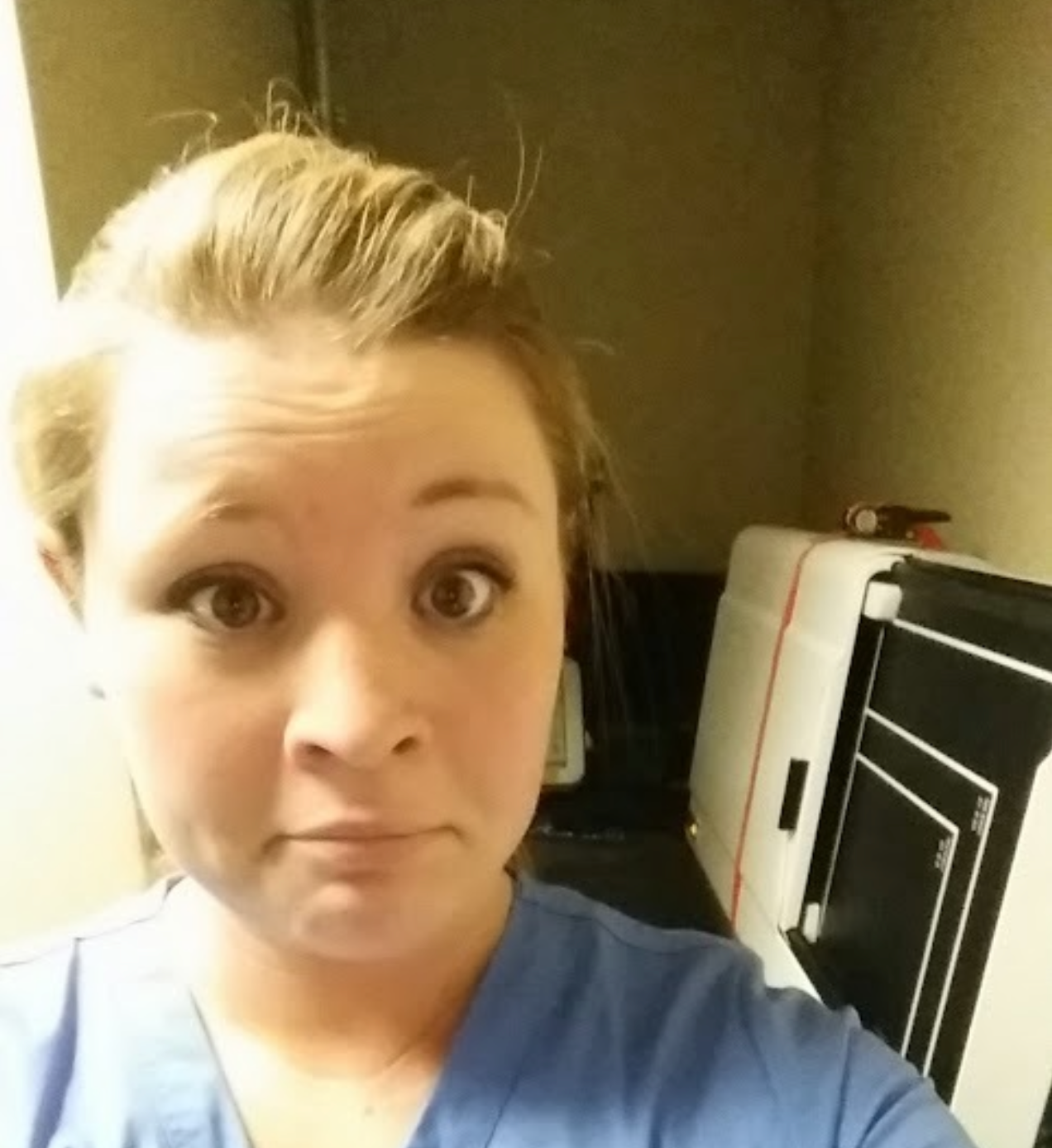
Leaky Gut Syndrome
What I found was just as horrifying as it was enlightening.
The lining of a dog’s gut is supposed to keep food, bacteria, toxins and poop inside the digestive system.
Only two problems with that:
1. the gut lining is one cell thick, and is easily weakened
2. the average dog’s gut is being assaulted daily by gut-weakening forces (we’ll get into those)
Leaky gut happens when the normally tight junctions that hold the cells of the gut lining together are weakened. The cells separate, the mucosal layer that normally covers it dwindles, and food, bacteria, toxins, poop - anything inside your dog’s gut small enough to fit between two cells - can leak into the bloodstream.
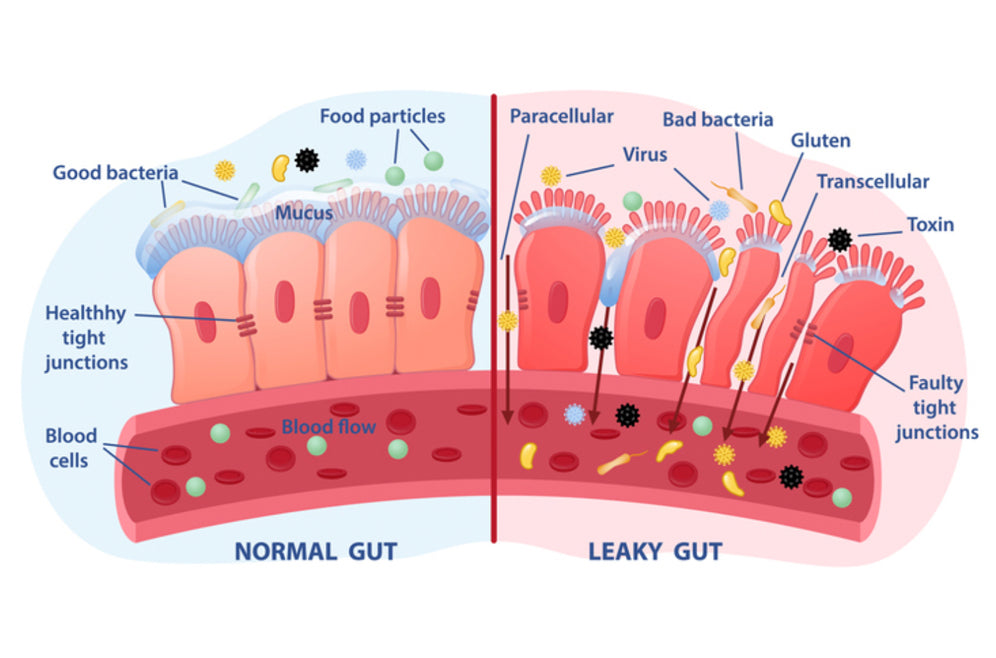
THE RESULTS: chronic ear infections, terrible skin issues, incessant itchiness, tear/fur staining, fur loss, hot spots, smelly coat, digestive issue, allergies to particular foods, and more. It’s a mess.
What I found was that not only do a staggering amount of dogs have a leaky gut, but that - because of birth-related threats to their immune systems and gut microbiota - Frenchies are particularly susceptible to it.
Why French Bulldogs Get Leaky Gut
Let’s start at the beginning with a fictional Frenchie, Stella.
Narrow birth canals and large skulls are reasons for many bulldogs (English and French) to deliver via C-section. Stella - a typical Frenchie puppy - therefore side-steps all vaginal bacteria on her way out - bacteria critical for the creation of an immune system. (This is also true of runts by the way - the last out gets the least bacteria).
So now Stella is susceptible to illnesses.
She goes home with a lucky owner, to whom one of six deca-billion-dollar dog food companies has already started advertising their ultra-processed, carbohydrate-rich food.

Stella scarffs down her new food, which then feeds bad bacteria and yeast cells in the gut.
Yeast eat this Thanksgiving feast of kibble twice a day, and proceed to overpopulate in the gut (candidiasis). All this before the gut microbiome has a chance to populate with good bacteria.
Yeast cells release toxins, and cause inflammation which weakens Stella’s gut lining.
Now we have a sickly, yeast-ridden pup who’s gut lining is weakened. Chances are, our dear Stella winds up at the vet in the first year.
At the vet, further chances are she gets prescribed an antibiotic.
Antibiotics are very useful in the right circumstances. They kill all the bad bacteria. They make Stella feel good in a matter of hours. But they also kill the good bacteria, taking Stella’s gut back to the drawing board.
While the antibiotics stop, the bowls of ultra-processed kibble never did. Any good gut bacteria flounder while the yeast makes an overwhelmingly dominant comeback.
By the way, the antibiotics have weakened the gut lining even further, and if Stella’s tight cellular junctions haven’t slackened and opened up by now, the months of yeast domination ahead will do the trick.
ADDITIONAL GUT-LINING WEAKENERS COMMON IN YEAR ONE:
- over-vaccination
- steroids
- NSAIDs
- certain medications
- stress
Oh, What to Do With Stella?
As a nutritionist for animals, Candida (yeast) cells are my greatest enemy. Their waste products alone include toxic alcohols, acetone, and the nerve toxin known as hydrogen sulfide, all of which slow the brain, contribute to fatigue, and disrupt the immune system. Candida is an underlying cause of many skin and coat issues, allergies, fungal infections, ear infections, digestive problems, food sensitivities, and many other health concerns.
As enemy number one, elimination of excess yeast is our primary target for helping Stella.
Our Goals
1. Get rid of yeast/candida’s food source
2. Eliminate excess yeast/candida
3. Seal the tight junctions between cells in the gut lining
4. Bolster good bacteria so it can thrive before yeast does
In 2017 I started a practice for dogs like Stella, where I worked one-on-one with Stella’s around the country. I eventually developed the following protocol:
1. Transition to an anti-inflammatory food that does not feed yeast
2. Detox yeast cells and heal gut perforations with MCT-3 Oil
3. Administer a daily power-shot of potent, beneficial bacteria for two months
All this can be done alone, but takes significant diligence, troubleshooting and know-how (even for me).
I no longer run my practice (was booked out for a year at a time). Instead, I’ve developed a more DIY-style subscription for clients to do on their own alongside my team of nutritionists, and with extensive, customized instruction via email.
It’s called Wild Biome, and I hope it helps every Stella who suffers from LGS.
Leaky gut is not a life-time sentence. It’s completely reversible. The symptoms you see everyday are not forever.
When you fix the gut, you fix your Stella.
Visit wildbiome.dog to get started.


